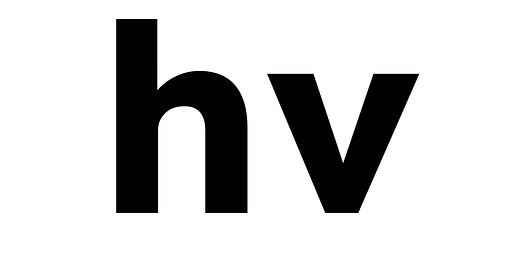Are we getting hiring right?
Whether recruitment is a constant major part of your role or something you get involved in only when you need, you very likely find yourself wondering “am I getting this right?”
hiringvalue also available in Spanish | hiringvalue disponible también en español
The uncertainty we feel is justified: recruiting involves forecasting the future performance of a group of people, based on very limited information and only a few interactions, to select the best of them and decide whether to risk bringing them onboard or not. Such a complex challenge with so much at stake!
The difference in impact of getting talent acquisition right or wrong is crucial for any organisation: from the good hires that fit greatly with the role, exceed their objectives and even grow to help transform the entire team for the better, to the bad hires that fail to fit, end up leaving and even generate and spread tensions.
Many organisations seem to be far from getting recruiting right. From obsessing over the candidate's job history, to conducting an endless series of unstructured interviews asking questions like “top three weaknesses”... There must be more accurate ways to forecast performance.
We want hiring like it’s the 21st Century
We accept it, because of its forecasting nature, it’s impossible to get talent selection always right, and random events will play their role, big or small – long-term sick leaves, new regulations affecting the role, distracting family issues… You name it! However, we believe there are discoverable indicators of future performance that we can learn to read; and there are misleading factors that won’t correlate with success in any meaningful way, but can derail, distract and delay us when trying to hire the right person. Consequently, there are best practices and tools out there that can help us all hire better – and we’ve set out to find as many of them as we can.
“Despite massive advances in technology and industrial-organisation psychology over the last 20 years, the recruiting process has stubbornly stuck with norms established nearly 100 years ago” Matt Alder, Recruiting Future
We’ve also set out to share our discoveries, explain how they work, flesh out key underlying concepts, and link to research and reports on measurable impact. Talent acquisition is a complex, even political field. As such, we aim to be transparent, speak clearly and filter the noise. Also, we will bring our own point of view to the table, referring to real pros and opinion shapers for further reading. Different organisations are in different stages of their journey to better hiring and we should clarify that our main focus will be on fairly accessible steps, not on the most advanced ones – this might turn out too basic if you are already further ahead, but we would still love to read about your experience and get your feedback.
Why are we doing this? We are certain of the organisational, economic and broader social value of better hiring, we are passionate about the topic and we believe in the business opportunity of contributing to it
To start with, we aim to decipher what successful hiring is and, after that, how the hiring process can be improved across sourcing, selection, engagement… initially focusing on three clear traps that we have experienced in the past, which others may be suffering as well:
Biases: while we can’t avoid having hiring preferences, conscious or not, we can act on them so that we mitigate the effects of any misleading ones.
Tradition and copying: hiring in a way, only because that’s how it’s always been done or how someone you know or follow does it.
Lack of training and process adherence: even when the right tools and best practices are available, they are often ignored or misused.
Do you copy?
Thanks for reading so far! Please subscribe if this sounds relevant to you, and get in touch if you have any feedback or ideas or if you want to integrate our learnings to improve your talent acquisition processes. We look forward to unlocking the real hiringvalue together!



